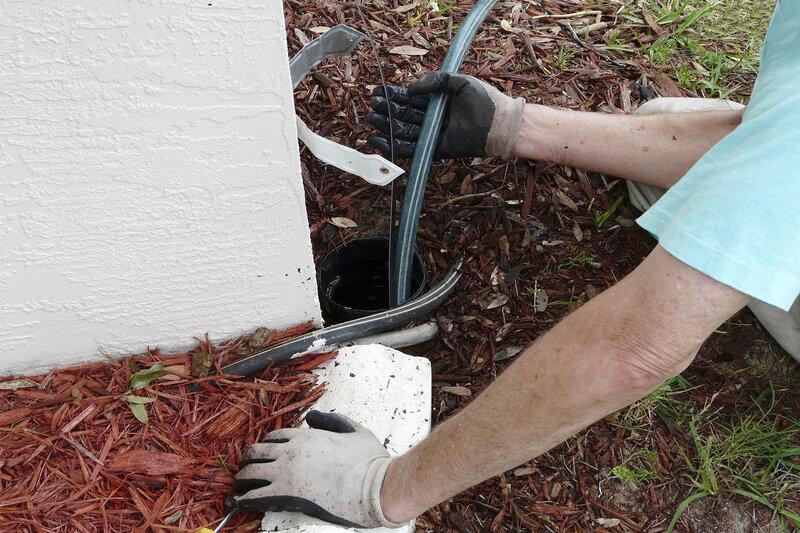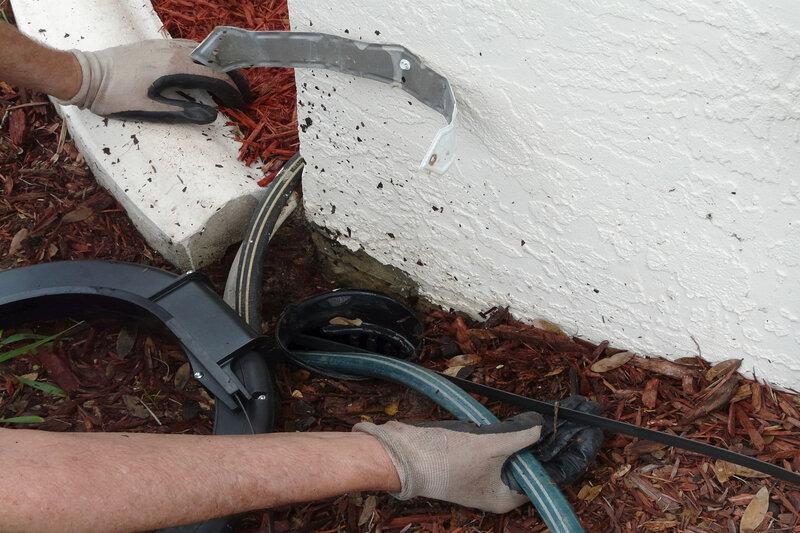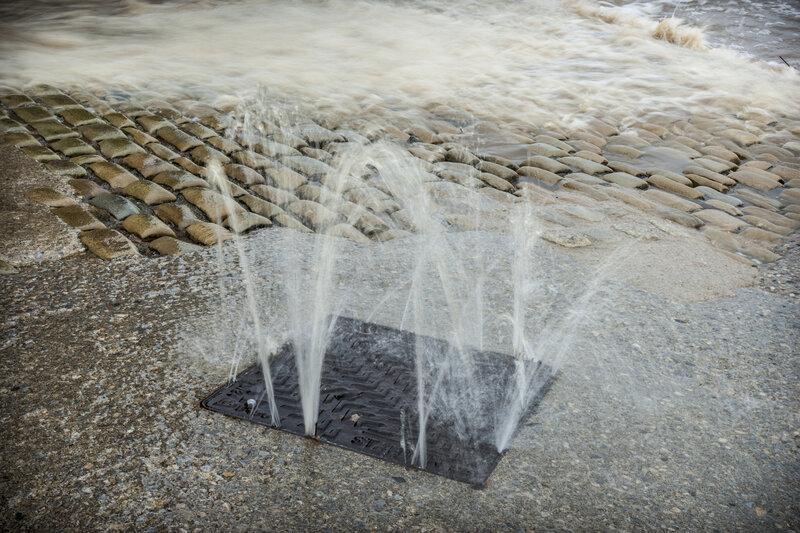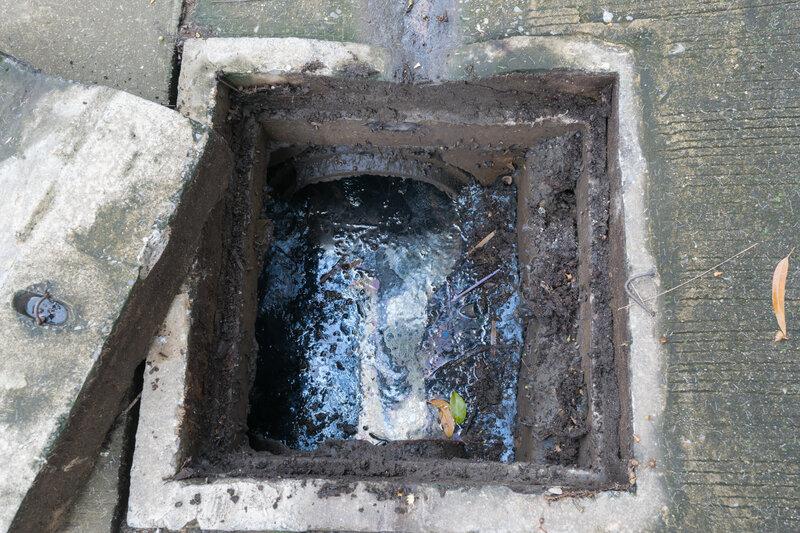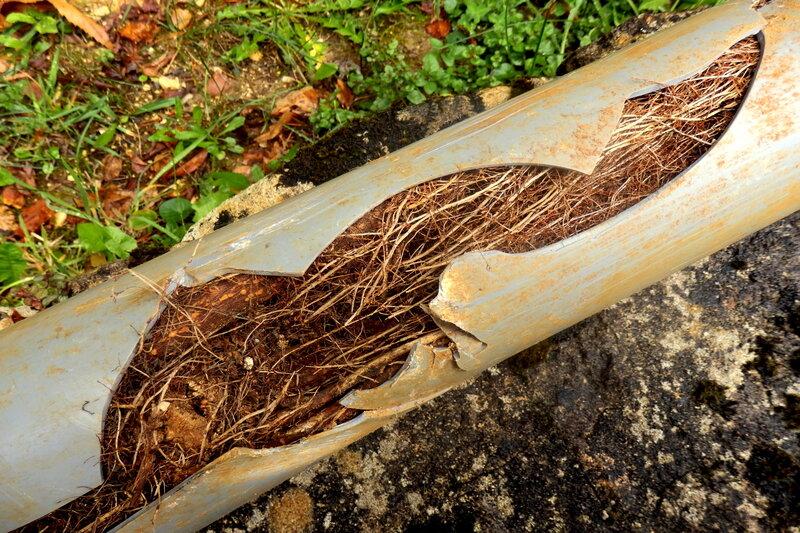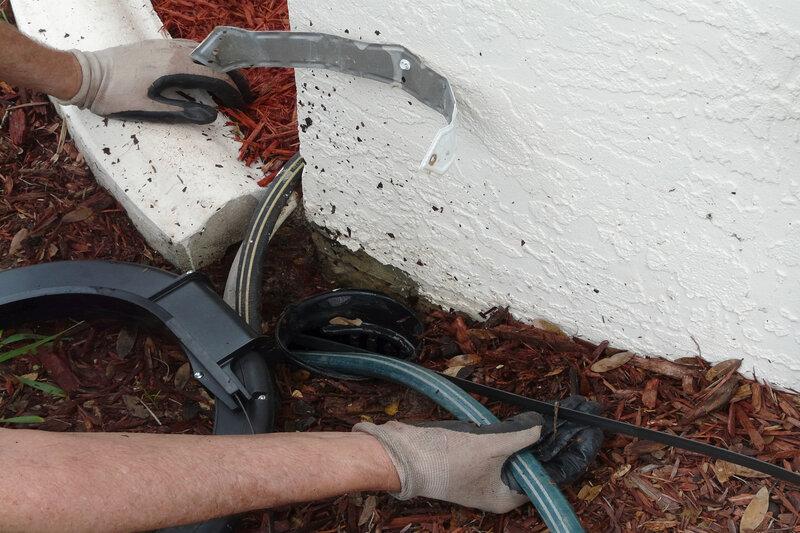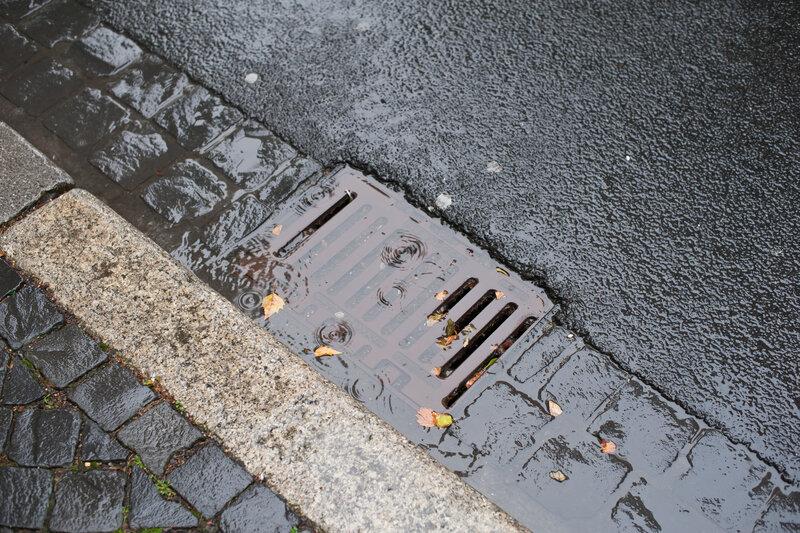-
020 3633 7517
Get in touch with us
Clearing Blocked Drains Uk Anytime for Your Top Quality, Great Value Blocked Drain Clearance on 020 3633 7517
Give your home a new look that is attractive and appealing.
Blocked Drains Services From Clearing Blocked Drains Uk
URGENTLY REQUIRE DRAINAGE SERVICES?? CALL US NOW ON 020 3633 7517
Who Are Clearing Blocked Drains Mitcham
Blocked Drains Company In Mitcham
It has a population of around 101,000 people and it’s situated approximately 8 miles south-east from central London. The name “Mitcham” derives from the Anglo Saxon word meaning “place where willows grow by the river Mole” (the River Mole runs through Mitcham). Historically, much of what we know about early medieval life comes from archaeological finds made in and around this town. For example, there have been discoveries of remains dating back to Roman times such as villas and baths; evidence that suggests trade was important to these communities long before they had contact with Britain's Celtic neighbours1 . Today, most residents commute into central London for work but some still enjoy spending time outdoors enjoying recreational activities like walking or cycling2 .
Contact Our Local Branch in Croydon
Contact Us Now at 020 3633 7517
Blocked Drains Unblocking Service In Mitcham Greater London
Mitcham is a town located in the London Borough of Merton, England. The population at the 2011 Census was 23,947. Mitcham has been home to many notable people such as actors Roger Moore and Richard Attenborough; politicians Neil Kinnock and John Major; comedians Benny Hill and Harry Enfield; singers Cliff Richard and Lulu. The name "Mitcham" may be derived from an Old English word meaning either "muddy place", or possibly "place of meeting". It seems that there were two settlements called Mitcham: one on what is now Church Lane (to which reference has already been made), near where St Leonard's Hospital stands ; another about half a mile further downriver, upon some rising ground close by the present railway bridge over Wandle River . In 1276 Henry III granted both these places to Walter de Merton for life with remainder to his heirs male...
Hire Blocked Drains Mitcham Greater London
Mitcham is a town located in the London Borough of Merton, England. It has an estimated population of around 50,000 people and covers an area of approximately 4.5 square miles (11 km2). The name "Mitcham" derives from the Anglo-Saxon word for mill stream or watercourse. Historically, it was part of Surrey until 1889 when it became part of Greater London. Services include unblocking sewers & storm drains , repairing broken pipes , cleaning out blockages & debris and providing advice on drainage systems
Residential Blocked Drains Service In Mitcham Greater London
Mitcham is a town in south London, England. The town has an estimated population of around 50,000 people.[1] Mitcham was originally part of the parish of Lambeth,[2] but became an independent civil parish in 1894. The name "Mitcham" may be derived from the Celtic word mich meaning meadow or clearing[5], although this theory has been disputed by other scholars who believe it derives from Anglo-Saxon words for boundary marker such as micel meaning mill stream or meeting place and hamme meaning dammed river valley).[6][7][8] A more likely explanation suggests that it comes from Old English mycelm which means woodland cleared by burning and -hamma referring to a type locality near present day Mitcham Common where oak trees were found growing wild after being burned down during Viking raids circa 790 AD)[9]. There are records dating back to Saxon times when local landowners held rights over fisheries at various locations within what would become Mitcham including Pond Lane/Ponders End Road, East Hill/Eastlands Avenue etc., however these have not yet been traced beyond surface level research nor do they offer any clues about how early settlement took place on these sites. However despite extensive excavations no evidence relating directly either archaeologically or historically speaking specifically towards human habitation prior thereto before medieval times can currently be identified with certainty notwithstanding ongoing investigative work undertaken since initial discovery [11],[12],[13]. Notwithstanding all this there seems little doubt that prehistory played some formative role both culturally & spiritually impacting subsequent indigenous British community inhabiting area now known commonly referred as 'the Forest Of Dean'extending into neighbouring Gloucestershire counties well into post Norman Conquest era evidenced through numerous prehistoric burial grounds still extant today scattered liberally across South Eastern England often unmarked even though legally protected under law e.g.. Avebury henge complex Wiltshire , Stonehenge Wilts
Unblocking Blocked Drains In Mitcham Greater London
Mitcham is a town located in the London Borough of Merton. The town has a population of around 51,000 people and covers an area of 8.5 square kilometers (3 sq mi). The River Mole runs through central Mitcham and provides much needed water for local businesses and residents. The history of drainage systems in Mitcham can be traced back to when humans started living there thousands of years ago. Early inhabitants would have used natural waterways such as rivers and streams to manage their waste disposal needs.[2] Over time, various forms of drainage were developed including ditches, canals, sewers, mains pipes etc.[5][6] Today's Clearing Blocked Drains Mitcham continue to play an important role in managing municipal resources while ensuring public safety[7], for example Closed Circuit Television monitoring helps prevent crime scenes from becoming contaminated with hazardous materials such as drugs or blood which could leadto serious health risks if not properly cleaned up [8]. ; Stormscauselargeamountofwatertocirculatethroughtownsandc
Unclogging Blocked Drains In Mitcham Greater London
Mitcham is a town located in the London Borough of Merton. The name Mitcham derives from the Anglo-Saxon word "miceham" meaning 'the meadow by the mill'. The first record of Mitcham was made in 705 when it was mentioned as part of land belonging to Westminster Abbey under King Æthelred II. In 1801, parts of what would become Mitcham were transferred to form part of Bromley Parish Council; this included much farmland which had been used for grazing sheep since medieval times. As well as agriculture, early industries included brewing and tanning leathers using horsehide processing plants that still operate today on Manor Road near Addiscombe railway station (). In 1896–97 work began on constructing Victoria Park along with other public works projects funded by local ratepayers through their elected parish councils – these include: building roads (including Newington Causeway), erecting streetlights and water tanks etc., all completed at a cost exceeding £100,000 (£8 million in 2016 values). This period also saw development take place closer to residential areas such as East Hill where terraced houses were built between 1895 and 1897 followed by semi-detached dwellings towards West Hill during 1898/99 . A further spur for housing growth came with electrification throughout Greater London starting from 1926 onwards which led many households into buying electric appliances including washing machines () or gas cookers (). From about 1930 onward there was significant investment taking place within both commercial premises such as shops or offices (), but also new homes being constructed especially nearer major transport hubs like Slough Common railway station (), Hayes & Harlington Bus Garage () or Addison Way shopping centre (). Today's economy is very different compared with 50 years ago - one example being retail trade now employs less labour thanks largely to online sales ; moreover transportation links have changed so that commuters no longer need live close together unlike previous generations who may have worked locally then travelled short distances home at night . With increased automation , jobs requiring human interaction are
Area Clearing Blocked Drains Mitcham Covers
Blocked Drains Greater London
- Blocked Drains Rainham
- Blocked Drains Kingston
- Blocked Drains South Woodford
- Blocked Drains Kennington
- Blocked Drains Wimbledon
- Blocked Drains Poplar
- Blocked Drains Northolt
- Blocked Drains Battersea
- Blocked Drains Mottingham
- Blocked Drains Beckenham
- Blocked Drains Wood Green
- Blocked Drains Hounslow
- Blocked Drains Rush Green
- Blocked Drains Park Royal
- Blocked Drains Southgate
- Blocked Drains Hillingdon
- Blocked Drains Beckton
- Blocked Drains Holloway
- Blocked Drains Bromley
- Blocked Drains Bexley
- Blocked Drains Highbury
- Blocked Drains Hornchurch
- Blocked Drains North Finchley
- Blocked Drains Pinner
- Blocked Drains Marylebone
- Blocked Drains Shadwell
- Blocked Drains Kingston Upon Thames
- Blocked Drains Heston
- Blocked Drains West Ham
- Blocked Drains Perivale
- Blocked Drains Hayes
- Blocked Drains South Norwood
- Blocked Drains Yiewsley
- Blocked Drains Mortlake
- Blocked Drains Barnet
- Blocked Drains Hither Green
- Blocked Drains Southfields
- Blocked Drains Wandsworth
- Blocked Drains Islington
- Blocked Drains Bermondsey
- Blocked Drains Petts Wood
- Blocked Drains Brent Cross
- Blocked Drains Bethnal Green
- Blocked Drains Worcester Park
- Blocked Drains Kensington
- Blocked Drains South Kensington
- Blocked Drains West Drayton
- Blocked Drains South Croydon
- Blocked Drains North London
- Blocked Drains Ruislip
- Blocked Drains Mill Hill
- Blocked Drains Acton
- Blocked Drains Brentford
- Blocked Drains Leyton
- Blocked Drains Tooting
- Blocked Drains Wallington
- Blocked Drains Sanderstead
- Blocked Drains St Mary Cray
- Blocked Drains Teddington
- Blocked Drains Orpington
- Blocked Drains Belvedere
- Blocked Drains South Harrow
- Blocked Drains Barking And Dagenham
- Blocked Drains Brixton
- Blocked Drains Sutton
- Blocked Drains New Eltham
- Blocked Drains Soho
- Blocked Drains Thornton Heath
- Blocked Drains Lambeth
- Blocked Drains Tower Hamlets
- Blocked Drains Morden
- Blocked Drains Kenton
- Blocked Drains Belgravia
- Blocked Drains Brent
- Blocked Drains Woodford Green
- Blocked Drains Chelsea
- Blocked Drains Wembley
- Blocked Drains Addiscombe
- Blocked Drains Brockley
- Blocked Drains Welling
- Blocked Drains Queensbury
- Blocked Drains Rotherhithe
- Blocked Drains Kilburn
- Blocked Drains Walthamstow
- Blocked Drains Newham
- Blocked Drains Barking
- Blocked Drains Muswell Hill
- Blocked Drains Raynes Park
- Blocked Drains Kew
- Blocked Drains Woolwich
- Blocked Drains Leytonstone
- Blocked Drains Stanmore
- Blocked Drains Richmond
- Blocked Drains Herne Hill
- Blocked Drains Camden Town
- Blocked Drains Anerley
- Blocked Drains Southwark
- Blocked Drains Whetstone
- Blocked Drains Tulse Hill
- Blocked Drains Havering
- Blocked Drains Dagenham
- Blocked Drains Upton
- Blocked Drains Hornsey
- Blocked Drains Wanstead
- Blocked Drains Hook
- Blocked Drains Neasden
- Blocked Drains New Southgate
- Blocked Drains Roehampton
- Blocked Drains Plaistow
- Blocked Drains Notting Hill
- Blocked Drains London
- Blocked Drains Middlesex
- Blocked Drains South London
- Blocked Drains South Tottenham
- Blocked Drains Stoke Newington
- Blocked Drains Romford
- Blocked Drains Abbey Wood
- Blocked Drains Redbridge
- Blocked Drains Camberwell
- Blocked Drains Manor Park
- Blocked Drains Enfield
- Blocked Drains West Norwood
- Blocked Drains Surbiton
- Blocked Drains South Ruislip
- Blocked Drains Palmers Green
- Blocked Drains Hammersmith
- Blocked Drains Greenwich
- Blocked Drains West London
- Blocked Drains Twickenham
- Blocked Drains Paddington
- Blocked Drains Isleworth
- Blocked Drains Barnes
- Blocked Drains Kentish Town
- Blocked Drains Mitcham
- Blocked Drains Tolworth
- Blocked Drains Stockwell
- Blocked Drains Thamesmead
- Blocked Drains Purley
- Blocked Drains Bayswater
- Blocked Drains Merton
- Blocked Drains Tottenham
- Blocked Drains Putney
- Blocked Drains Hendon
- Blocked Drains Fulham
- Blocked Drains Vauxhall
- Blocked Drains Croydon
- Blocked Drains Ponders End
- Blocked Drains Sydenham
- Blocked Drains Uxbridge
- Blocked Drains Pimlico
- Blocked Drains West Wickham
- Blocked Drains Kingsbury
- Blocked Drains Peckham
- Blocked Drains Plumstead
- Blocked Drains Waltham Forest
- Blocked Drains Harrow
- Blocked Drains Streatham
- Blocked Drains West Ealing
- Blocked Drains Richmond Upon Thames
- Blocked Drains Woodford
- Blocked Drains New Malden
- Blocked Drains Upminster
- Blocked Drains Hackney
- Blocked Drains North Cheam
- Blocked Drains Willesden
- Blocked Drains Wapping
- Blocked Drains Holland Park
- Blocked Drains Winchmore Hill
- Blocked Drains Penge
- Blocked Drains Northwood
- Blocked Drains Bexley Heath
- Blocked Drains Westminster
- Blocked Drains New Cross
- Blocked Drains Camden
- Blocked Drains Kenley
- Blocked Drains Haringey
- Blocked Drains Southall
- Blocked Drains Bexleyheath
- Blocked Drains Barkingside
- Blocked Drains Stepney
- Blocked Drains Sidcup
- Blocked Drains Lewisham
- Blocked Drains Knightsbridge
- Blocked Drains Selsdon
- Blocked Drains Ealing
- Blocked Drains Bow
- Blocked Drains Ilford
- Blocked Drains Norbury


